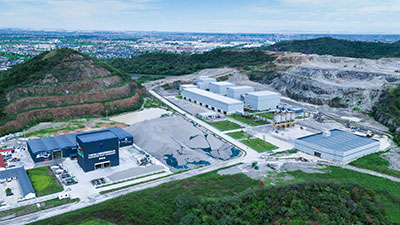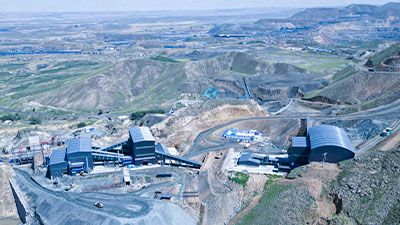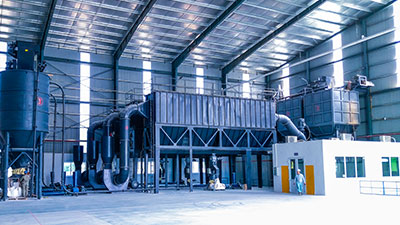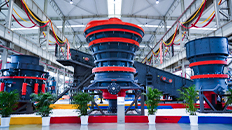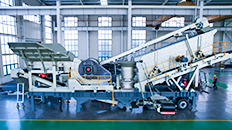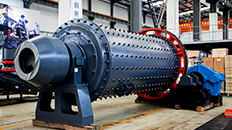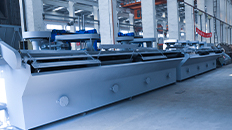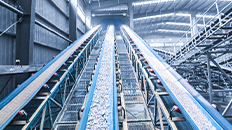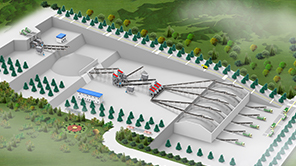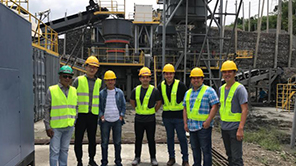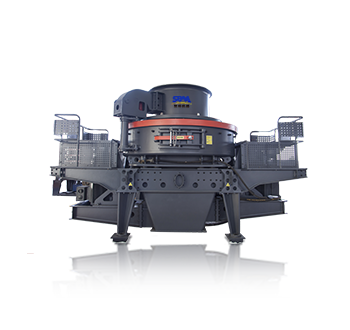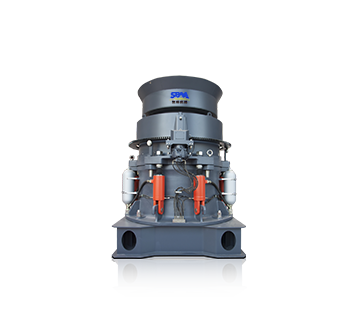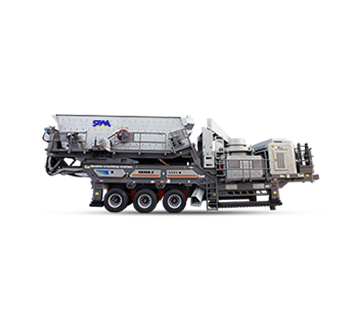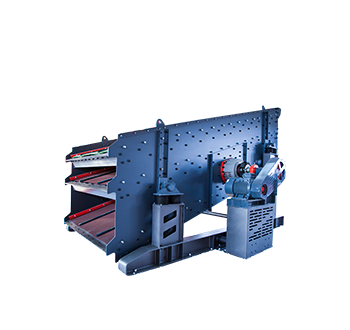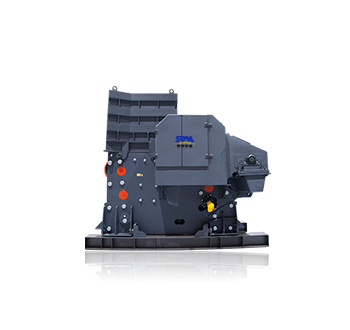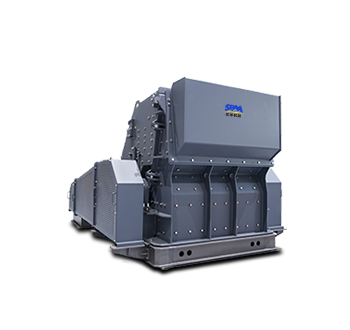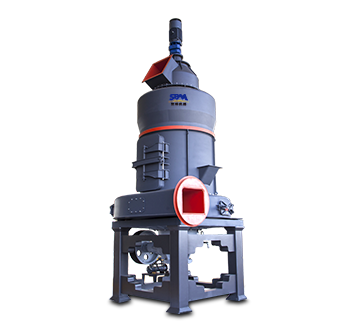Summary:There are several factors that will affect the performance of the crusher, thereby affecting the entire circuit. Here are some ways to help you avoid production losses.
Everyone wants to make the most of their equipment, and jaw crusher operators are no exception. There are several factors that will affect the performance of the crusher, thereby affecting the entire circuit. Here are some ways to help you avoid production losses.

Avoid Bridging
Continuous bridging of the feed zone of the jaw crusher is a common problem.
Bridging refers to stones that prevent water from entering or moving down to the crushing chamber. This may be because there is only one stone larger than the feed opening, or many stones of average size cross each other and block the feed of the crusher.
Bridging can result in major production losses that are often overlooked. Note that the bridging of the feed area of the primary crusher is relevant, as it may take several minutes to resolve the problem (large rocks are removed, broken, or directly into the chamber). If it happens ten times a day, it will quickly cause one hour of production loss.
If this happens, for example, in one of our crusher models, C130 has a working capacity of 352 short tons per hour (stph), and assuming $12 per short ton, the daily loss can easily increase to 4000 Dollar.
Through strict control of the blasting grid to avoid the generation of excessively large materials, bridges can be avoided, truck loader operators are trained to separate the oversized materials in the pit, as well as the primary crushing equipment operators, by changing the feeder speed and using the installation in the The hydraulic hammer in the area visualizes the material flow to the crusher and controls the speed and direction of the stone.
Apply the Correct Jaw Mold Shape
Having a suitable jaw mold shape can save more than 20% of production capacity, otherwise it will be a loss.
There are many types of rocks, and there are differences in crushability, wear resistance, and flake shape. Choosing the best combination of fixed jaw and movable jaw mold shapes will help optimize production when crushing difficult-to-process materials. Rocks with lower crushability require closer occlusal angles to maintain the designed bearing capacity. Highly abrasive rocks require thicker, heavier, and longer-life jaw molds to avoid production losses caused by frequent replacements. The flake rock needs a tooth-shaped jaw mold to crush it into more cubes to avoid stopping by bridging and belt cutting along the crushing circuit.
Monitor the Condition of the Jaws
In addition to being an important part of machine performance, the jaw of the jaw crusher is also responsible for the protection of the front frame and the swing jaw. Wear is usually due to increased crushing angle, tooth profile loss, CSS reduction to compensate for possible laminar effects, etc., resulting in production losses. This is why the crusher needs to be monitored throughout its life cycle.
Since excessive wear can result in a 10-20% reduction in output, it is very important to find the best time for jaw rotation or replacement from a cost and benefit point of view.

